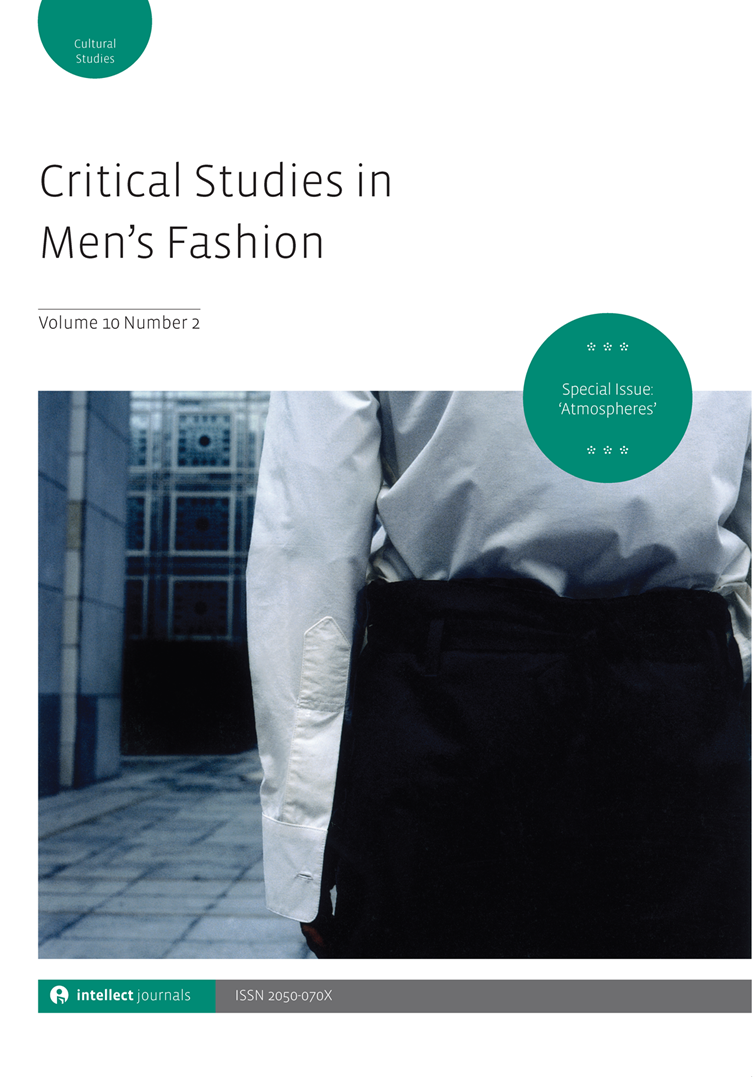
Full text loading...

This article examines the early representations of Prince Albert that either satirize or attempt to reconcile the hierarchical ambiguities and issue of threatened masculinity that resulted from unconventional male consortship and female rule. It concludes that the latter was achieved through the development of a suitable and legible iconography for a nineteenth-century male consort in adherence with British iconographic tradition and values. Drawing from methods in nineteenth-century art history as well as gender and performance studies and anthropology, it argues that images of the male body play a fundamental role in the construction and perpetuation of masculine ideology and subjectivity through the creation of the semblance of an innate and axiomatic masculine archetype. In doing so, this article problematizes and historicizes masculinity by illuminating the plurality of expressions of masculinity and rejecting the essentialist narrative of masculinity as something measurable or quantifiable, as well as ahistorical, atemporal, apolitical and heteronormative.

Article metrics loading...

Full text loading...
References


Data & Media loading...

Publication Date:
https://doi.org/10.1386/csmf_00025_1 Published content will be available immediately after check-out or when it is released in case of a pre-order. Please make sure to be logged in to see all available purchase options.